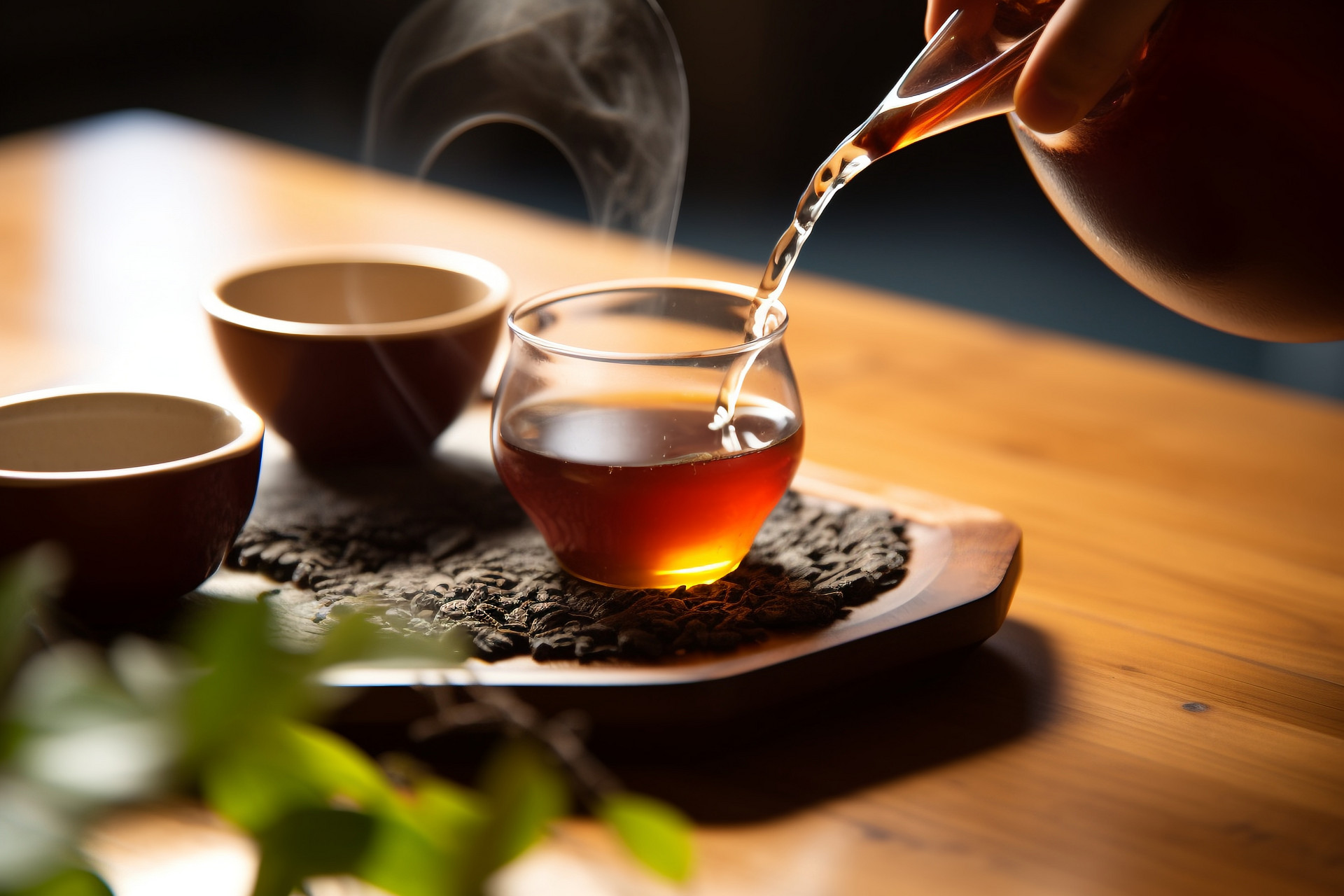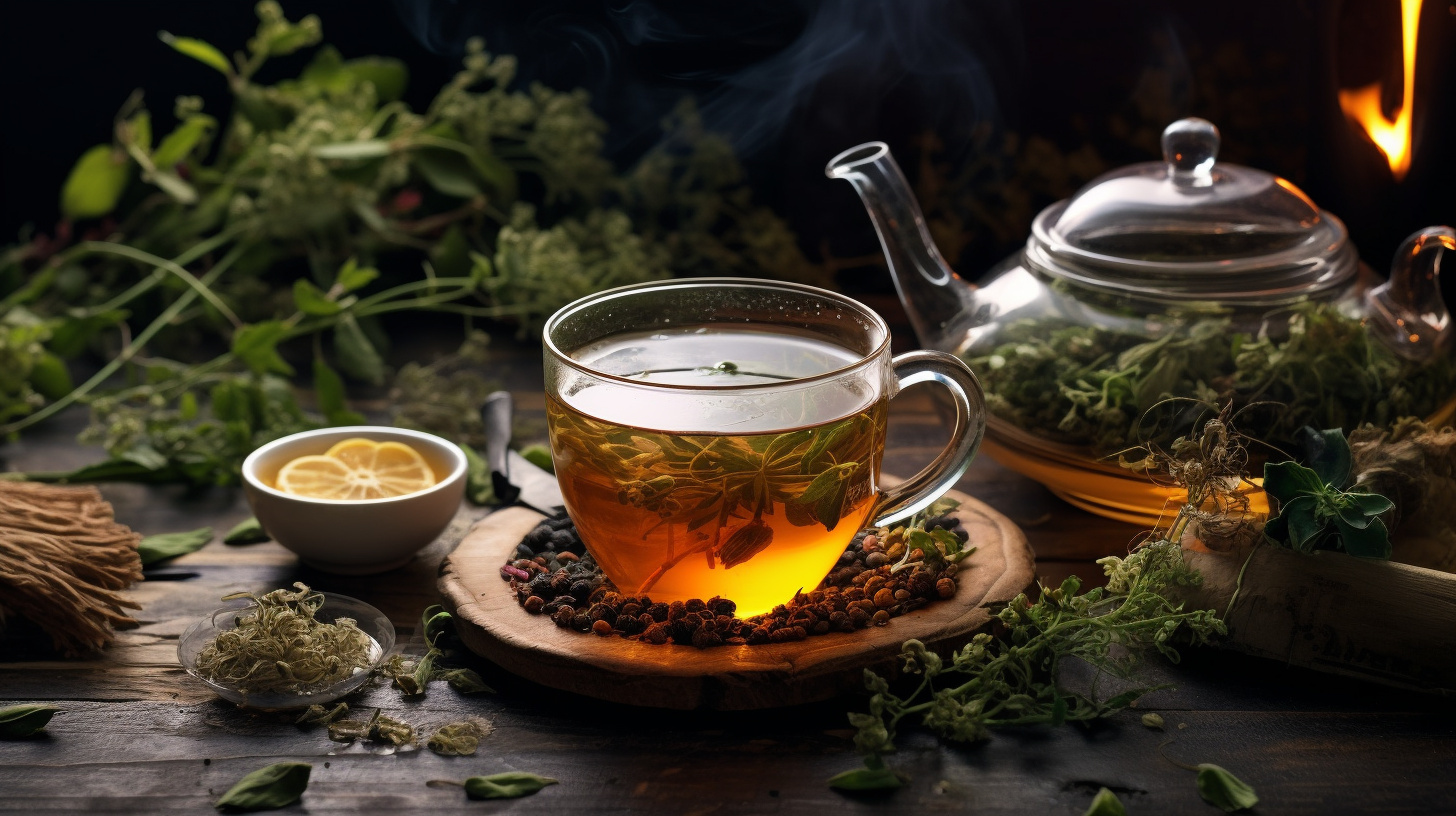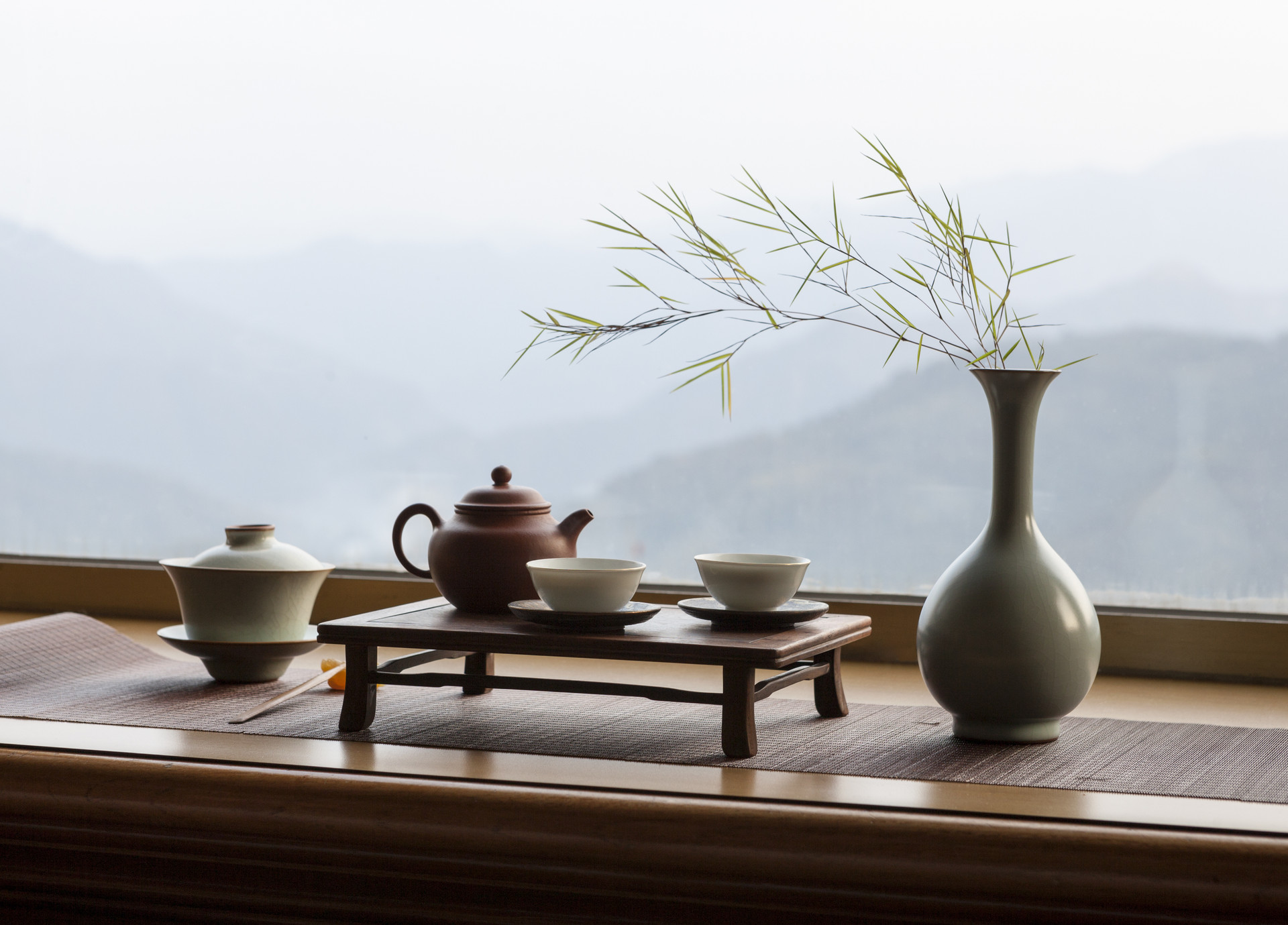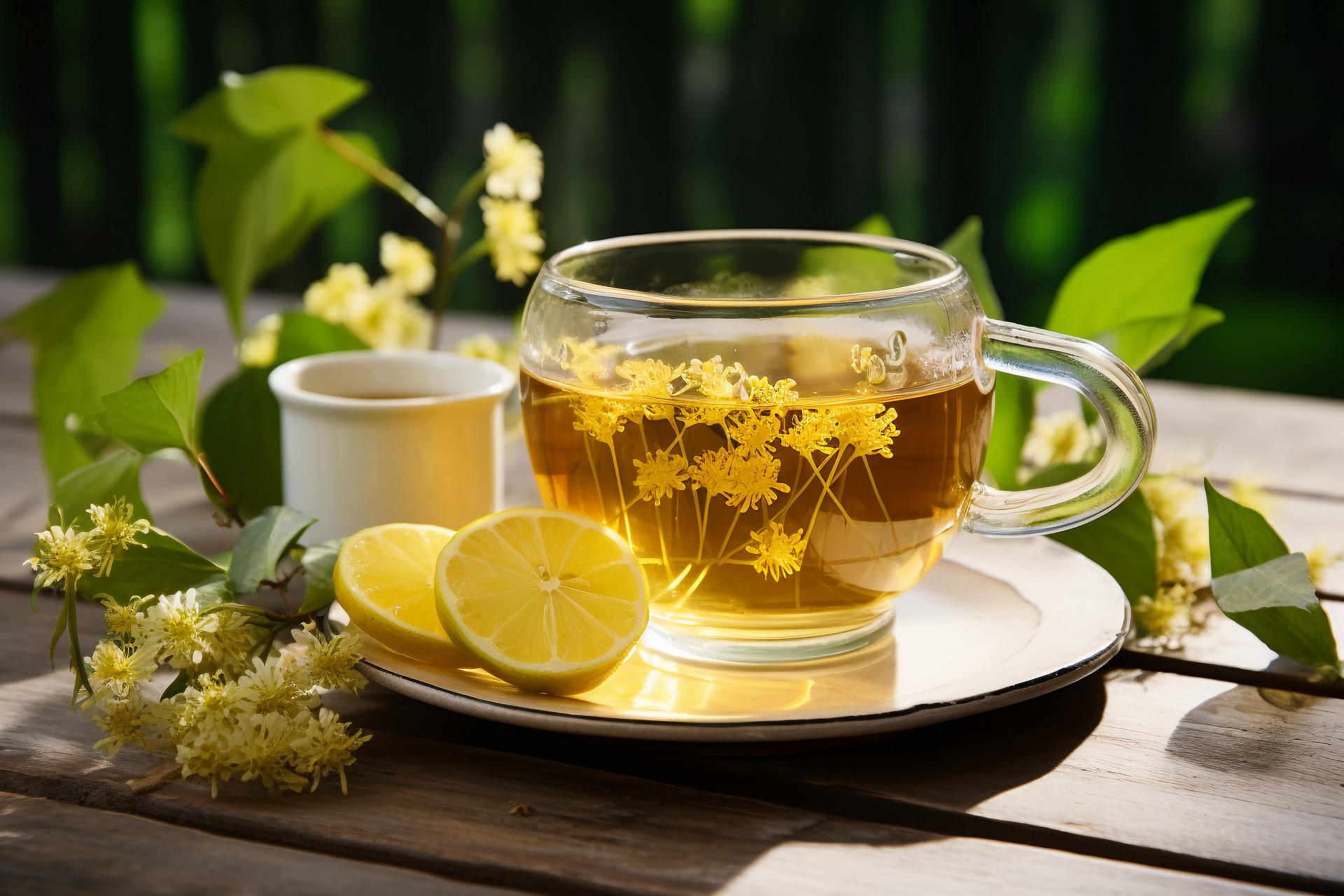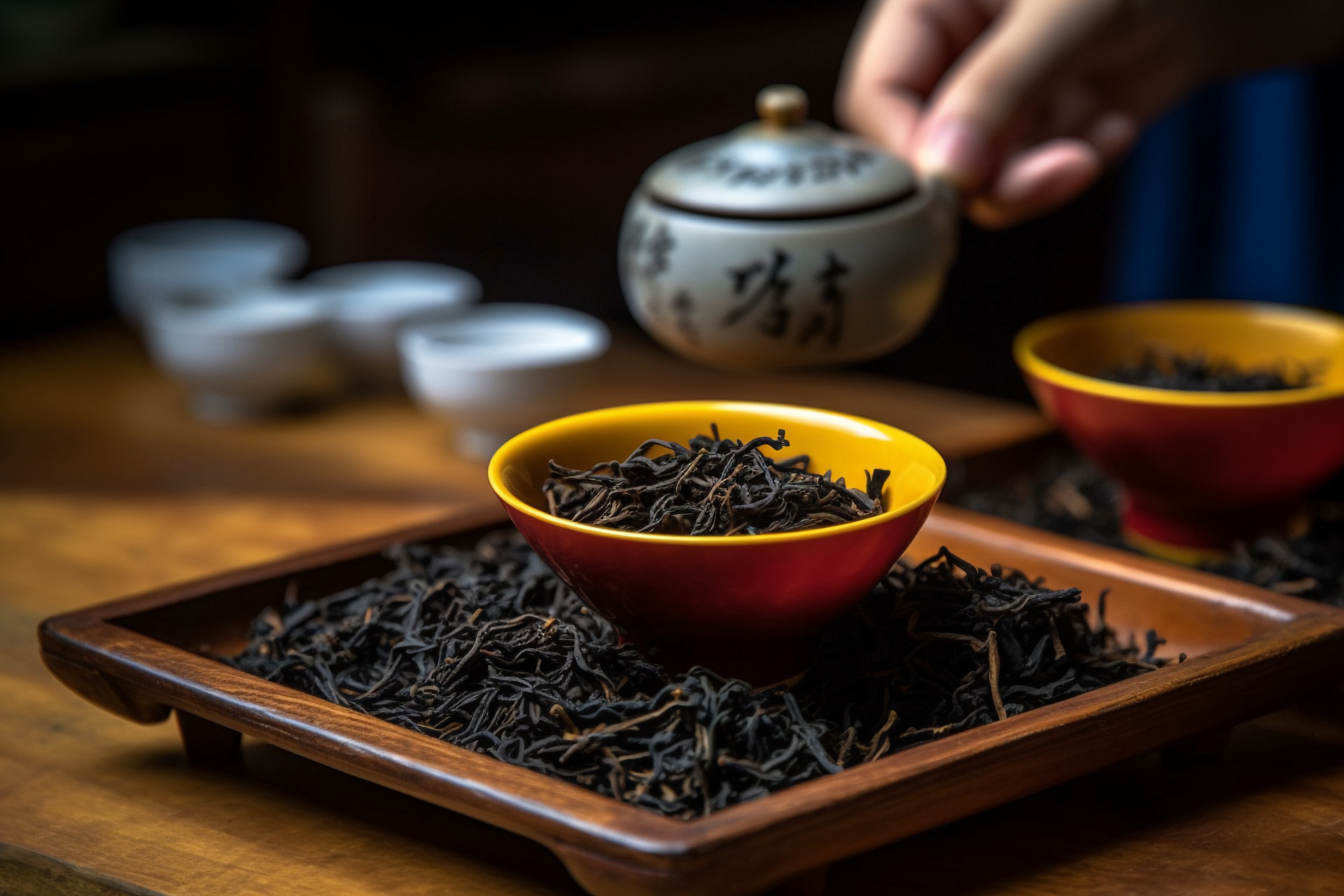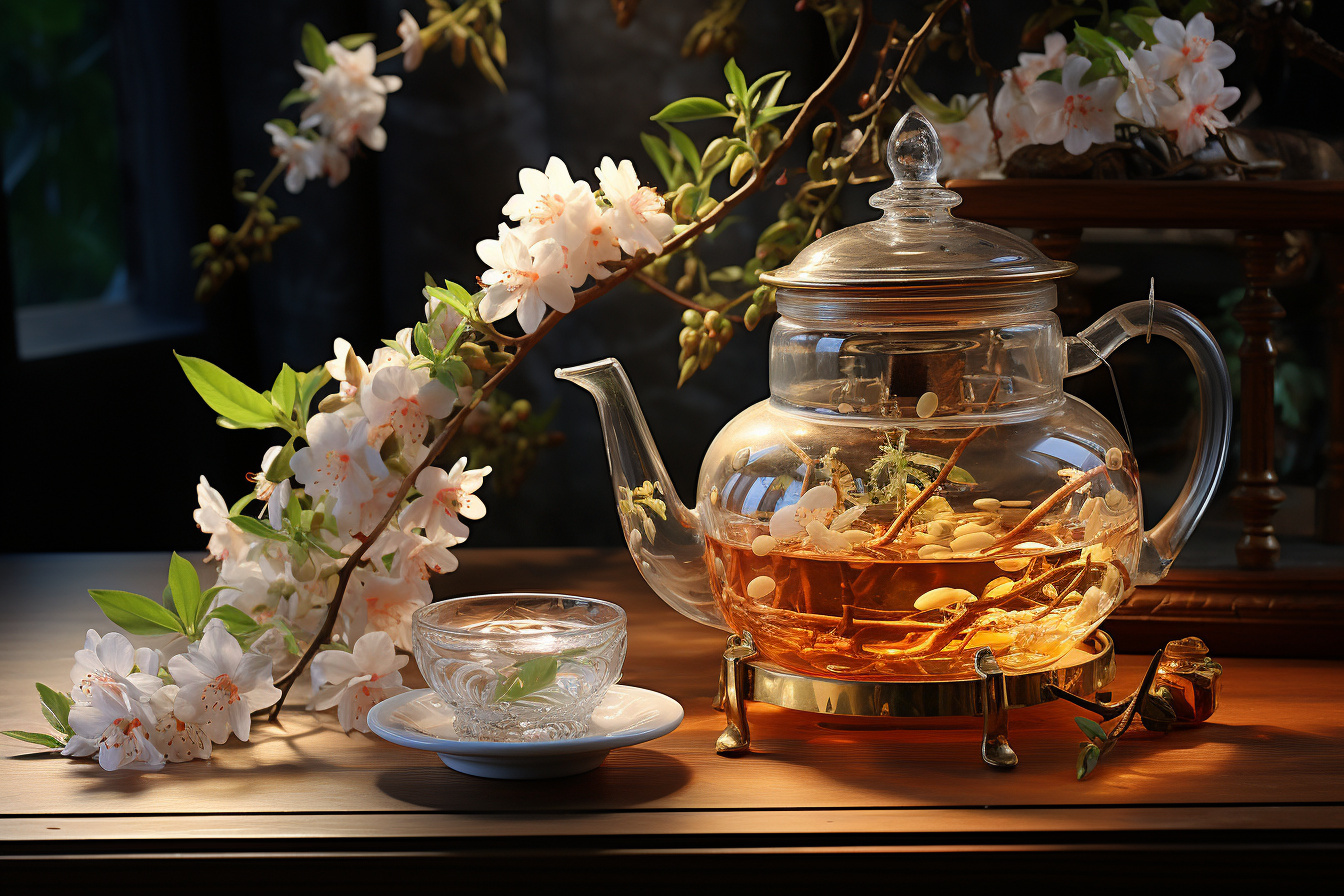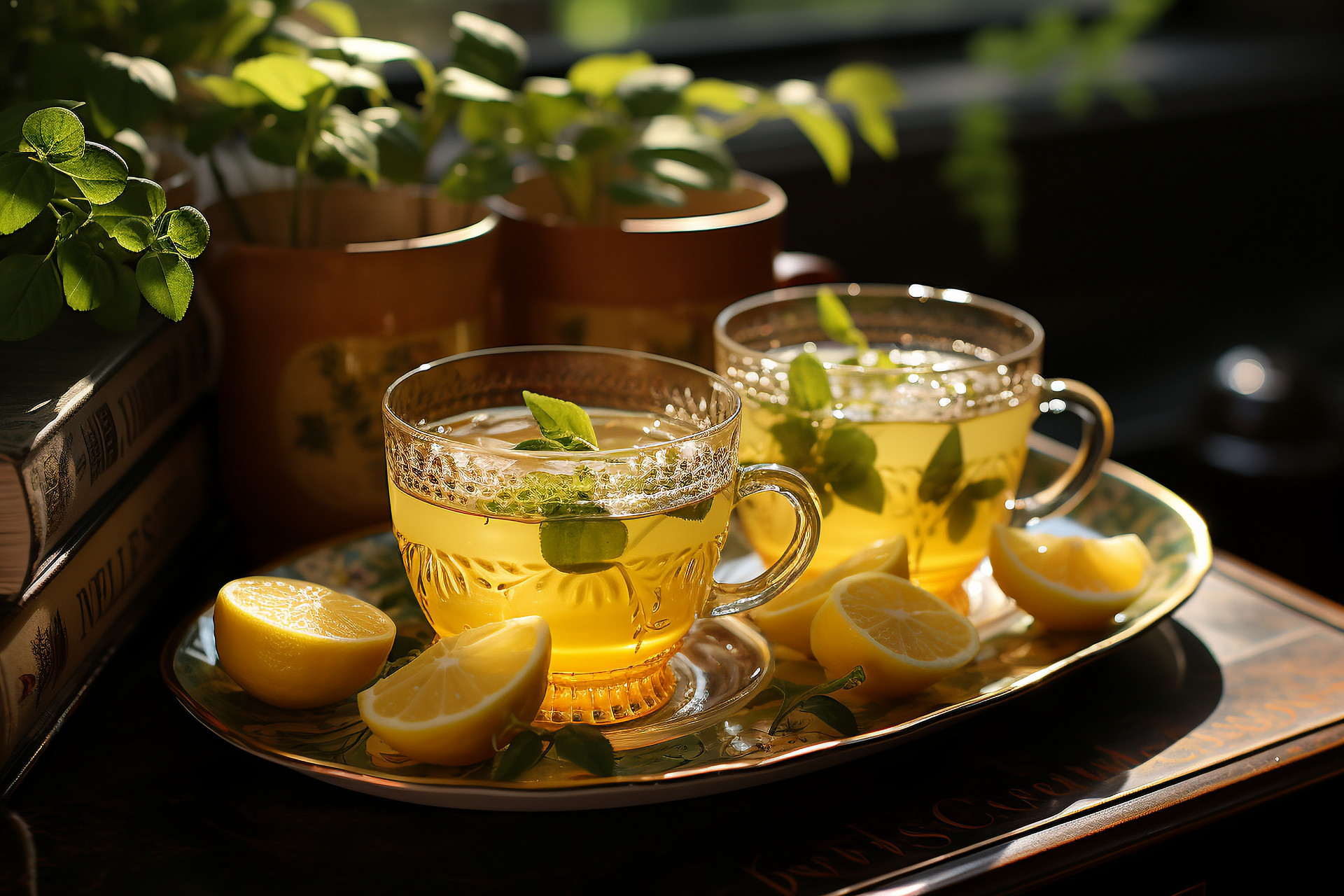Yellow tea is a specialty of China, and the hometown of Chinese yellow tea is Yueyang, Hunan. It belongs to lightly fermented tea, and the main difference from other teas is the addition of a "mellowing" process, which creates conditions to promote the green leaves turning yellow. This is the characteristic of yellow tea production. Now let's learn about the types of yellow tea.
The quality characteristics of yellow tea are yellow soup and yellow leaves, which are the result of the mellowing process during tea production. Some teas are mellowed before rolling, some are mellowed after rolling or left to mellow for a long time, some are mellowed after initial baking, and some are mellowed during re-baking. Yellow tea can be divided into three types: yellow bud tea, yellow small tea, and yellow large tea, depending on the tenderness and size of the raw tea leaves. Some famous yellow teas include Beigang Maojian, Huoshan Huangya, and Junshan Yinzhen.
1. Beigang Maojian
Beigang Maojian is produced in Kangwang Township, Yueyang City, Hunan Province. The climate here is mild and there is abundant rainfall. Every early spring morning, steam rises from the surface of the lake, and the low air is filled with mist. When the gentle breeze blows, the mist disperses in the tea garden like a light veil. The tea garden is flat and interspersed with water, with fertile soil and suitable acidity, making it an excellent place for tea tree growth.
Beigang Maojian is classified into special grade, 1-4 grades based on the maturity of the leaves.
Quality Characteristics:
The buds are strong and the leaves are plump. The buds are golden yellow in color. The tea soup is orange-yellow, with a high fragrance and a mellow taste.
2. Huoshan Huangya
Huoshan Huangya is produced in Huoshan County, Anhui Province. The tea-growing area here has short sunlight exposure, surrounded by clouds and mist, with a cool and humid climate and fertile soil, which contribute to the excellent quality of Huoshan Huangya.
Quality Characteristics:
The leaves are tightly rolled, resembling sparrow tongues. The buds and leaves are tender and have many fine hairs. The color of the brewed tea is golden yellow, with visible white hairs. The tea soup is yellow-green and clear, with a rich and mellow aroma and a sweet and refreshing taste. The bottom of the leaves is bright yellow and evenly thick.
3. Junshan Yinzhen
Junshan Yinzhen is produced in Junshan, Yueyang, Hunan. Surrounded by water on all sides, Junshan is like a paradise on earth. The climate here is mild, the air is clear and moist, and the environment is suitable for tea tree cultivation, resulting in tea leaves of extremely high quality.
When brewing Junshan Yinzhen, you can appreciate the beautiful shape of the tea using a transparent crystal cup. The tea leaves should be added using the middle or top pouring method to avoid damaging the aroma of the tea. During brewing, the tea buds will rise and fall in the water, with the tip of the buds standing upright on the water surface, and then slowly sinking. When standing upright, they resemble bamboo shoots emerging from the ground; when absorbing water and sinking, they resemble falling petals. With bubbles remaining on the bud tips, they resemble sparrow tongues with pearls, creating a fascinating sight.
Quality Characteristics:
The buds are plump, firm, and upright, covered in fine hairs. The color is golden yellow. The aroma is clear and elegant, and the tea soup is slightly yellow and bright. The taste is mellow, sweet, and refreshing, and the bottom of the leaves is bright.
The production method of yellow tea is similar to that of green tea, but green tea is not fermented, while yellow tea belongs to fermented tea. Yellow tea is most beneficial to the spleen and stomach, and it has significant effects on indigestion, poor appetite, and obesity caused by laziness and inactivity.


![[The Risks of Eating Hawthorn During Pregnancy]](https://tcmmaintenance.com/uploads/20240715/97742b67f97f94c495ae1389337c5c41.jpg)
